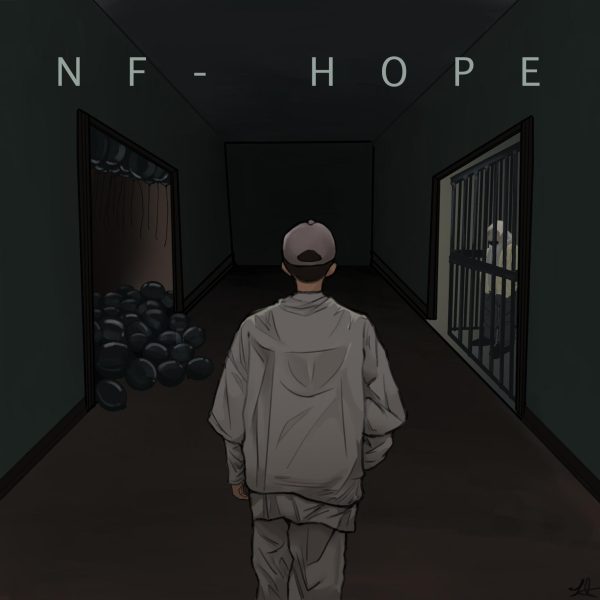The Dangers of Parasocial Relationships
December 7, 2022
When the world entered isolation starting from the infamous March 14, 2020, many were left to the sole companionship of themselves and their phone. With the whole world at their fingertips, many adolescents started seeking comfort and company in the form of influencers and online celebrities. One form, in particular, was gaming streamers — content creators who would typically live stream themselves playing various types of online video games, ranging from Among Us to Overwatch. During the pandemic, the number of viewers watching streamers on sites like Twitch and Youtube Live rose a whopping 82%. This growth in viewership initiated a direct correlation to parasocial relationships.
According to findapyschologist.org, a parasocial relationship is typically described as a one-sided relationship between an individual and someone who is unaware of the individual’s existence. This type of relationship is primarily seen between celebrities and public figures with their fans. In an era where technology is so easily accessible, the openness of the two subjects subsequently leads to an increased internet dependency and higher likelihood of a parasocial relationship. Though many researchers state that the influencers and those of media interest often try to engage in a parasocial relationship to grow a more attached fanbase by interacting more with the fanbase and communicating with them through an internet persona, this action, in a mere attempt to gain popularity, has more consequences in the forms of unrealistic expectations and even stalking.
A recent example of parasocial relationships reaping harmful consequences is the face reveal of streamer Dream. Starting his career in 2014, he quickly grew his platform through an anonymous figure. Though this decision was made to protect his identity, it subsequently raised an expectation for his actual appearance. Fans unknowingly engaged in the parasocial relationship between themselves and Dream began to build high expectations, creating a false image of the streamer. On October 2nd, 2022, when he had finally revealed his face to the general public, Dream faced major backlash, solely due to his more average appearance. With quick comparisons to figures like Human Shrek and Shane Dawson and cruel comments such as “he should’ve kept the mask on”, the reception illustrated the level of comfort his fanbase had with bullying him — despite the two parties not knowing each other in real life.
With high schoolers and young adults being victims of parasocial relationships, the adverse reaction toward Dream’s face reveal further proves the dangers of internet dependency.




